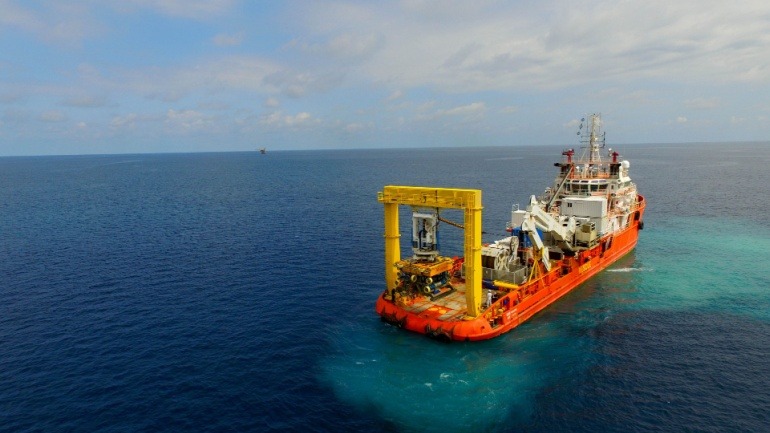DNB and Edotco Group have successfully rolled out a private 5G network at Kuala Lumpur International Airport, enhancing connectivity for travelers. This move underpins Malaysia’s commitment to advancing 5G and aligns with strategies to improve indoor connectivity.
As AI reliance surges, Verizon innovates with its AI Connect suite, positioning itself as a leader by enhancing AI infrastructural efficiency. This strategic shift emphasizes real-time AI processing at the edge, offering faster, cost-effective solutions for businesses.
Emirati telco e& partners with New York University Abu Dhabi to propel 6G tech forward. This collaboration bridges academia and industry, empowering students with insights and hands-on experience in emerging technologies like 6G.
The backbone of the internet relies heavily on submarine cables, responsible for around 99% of global data transmission. As the threats to these pivotal cables mount, the UK’s Joint Committee on the National Security Strategy has initiated an enquiry.
The merger of two major UK fibre altnets, FullFibre and Zzoomm, marks a pivotal moment in the VoIP telecommunications landscape. This strategic alliance will enhance the capabilities of one of the UK’s largest alternative fibre networks.
Ericsson, Telstra, and MediaTek have achieved a groundbreaking 9.4 Gbps peak downlink speed on Telstra’s live 5G Standalone network, with over 10 Gbps reached in lab tests. This milestone highlights transformative potential for AI, AR/VR, and ultra-fast downloads.
BT is urging the rapid phase-out of the outdated copper landline network, citing rising faults and risks to critical public services. With 60% of key infrastructure providers unprepared for the digital transition, BT is working to facilitate the shift, backed by government support.
Sparkle, a top global operator, is enhancing its services in Brazil with a new Point of Presence in Brasília. This strategic move caters to increasing demand for international connectivity, reinforcing Sparkle’s leading role in Latin America.
Cerillion, a BSS/OSS-as-a-Service provider, partners with Ucom for a transformative digital upgrade. This collaboration will optimize Ucom’s operations, enhancing their quadruple-play services through Cerillion’s integrated suite.
France and Germany’s partnership on the 5G Autobahn to Autoroute project is creating a groundbreaking 5G corridor between Metz and Saarbrücken. This cross-border endeavor, involving renowned telecom players like Orange and Telefónica, promises to revolutionize digital infrastructure.













